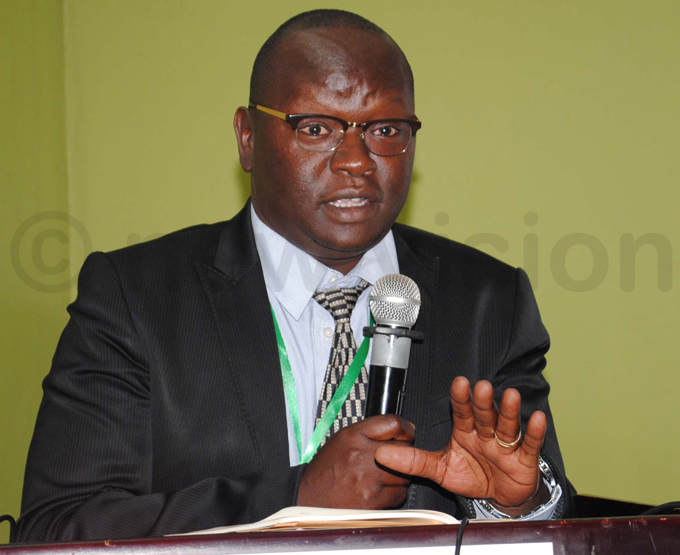Malaria cases in Northern Uganda drop by 60%
Apr 21, 2016
Malaria claims over 320 lives in Uganda daily

It is exactly a year since Malaria cases ravaged 10 districts in Northern Uganda, affecting 1,005,632 people and killing 658. However the good news is that a year down the road, cases of the disease have drastically dropped from 50,000 to 20,000 cases per week.
According to Dr. Jimmy Opigo the Programme Manager National Malaria Control Programme (NMCP), the reduction of cases is attributed to comparatively better medicine supply of coartem and 300,000 doses of injectable artesunate that treats severe malaria and the efforts of village health teams. The medicines are provided by UNICEF and the Department for International Development.
He however said much as new infections and deaths have reduced thanks to the control interventions, the populace in these districts still remains at risk with the upcoming rainy season.
Opigo who was speaking to New Vision in an exclusive interview recently however said measures were in place to ensure the situation does not get out of hand.
"We are in the final stages of dispatching a team of health workers together with other health partners to the districts to strengthen the already existing Village health teams," he said, adding that the current cases of Malaria were still high as before the epidemic occurred; they only registered 5,000 cases per week.
Since its outbreak in April last year, the disease has been predominantly in the Acholi and Lango sub regions in the districts of Agago, Amuru, Apac, Gulu, Kitgum, Kole, Lamwo, Nwoya, Oyam and Pader.
Malaria has been the leading cause of sickness and death in Uganda for several decades, claiming over 320 lives daily. It accounted for 40% of inpatient deaths in financial year 2009/2010 and 31% deaths in 2012/2013, according to the annual health sector performance report 2013.
 Dr. Opigo Jimmy. Photo by Mary Kansiime
Dr. Opigo Jimmy. Photo by Mary Kansiime
The disease consumes over 10% of the MOH budget and 25% of household incomes. The country according to MOH has been losing over sh658m annually to malaria-related costs.
Statistics from WHO show that since 2000, global investments in many types of malaria control are estimated to have resulted in a 47% drop in the disease's global mortality rate and a 58% decrease in the mortality rate among African children.
Opigo however said severe malaria cases in the region still remain a challenge to those whose immunity is low and do not take the effort to treat the disease in its early stages.
"There is shortage of blood in the country for managing severe forms of malaria. Nevertheless, death is not as much as we would have anticipated" he said.
Dr. Emmanuel Otto the District Health Officer (DHO) Agago district said for the past six weeks, no cases of mortality were registered and that most of the health centers in the district are fully stocked with malaria drugs.
"Through the support of Global Fund, most of the science school teachers have received training on managing fever in schools," Otto said.
Despite the malaria decline in Oyam district, Dr. Caroline Agaro the DHO said they have for the past four months lacked coartem drugs for community distribution, adding that the last distribution was done then by the Presidential Malaria Initiative.
"We had expected the VHTs to distribute these drugs to the communities but they are not available," Agaro said.
